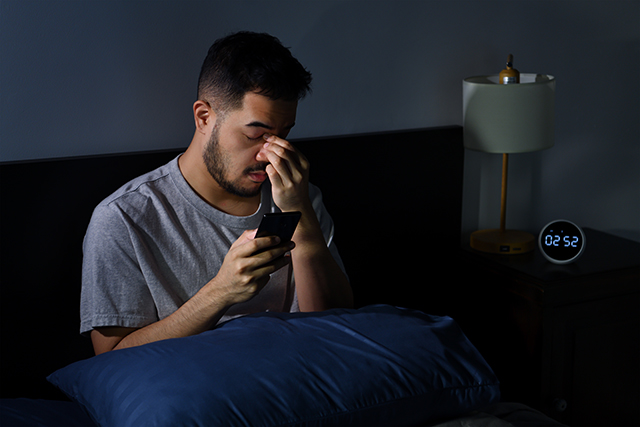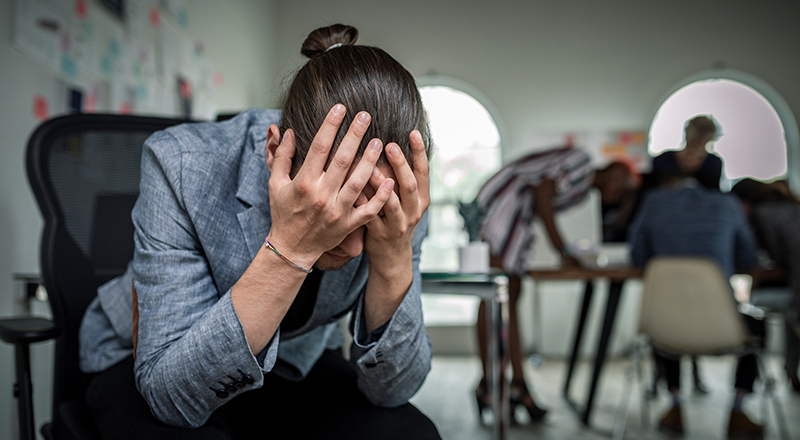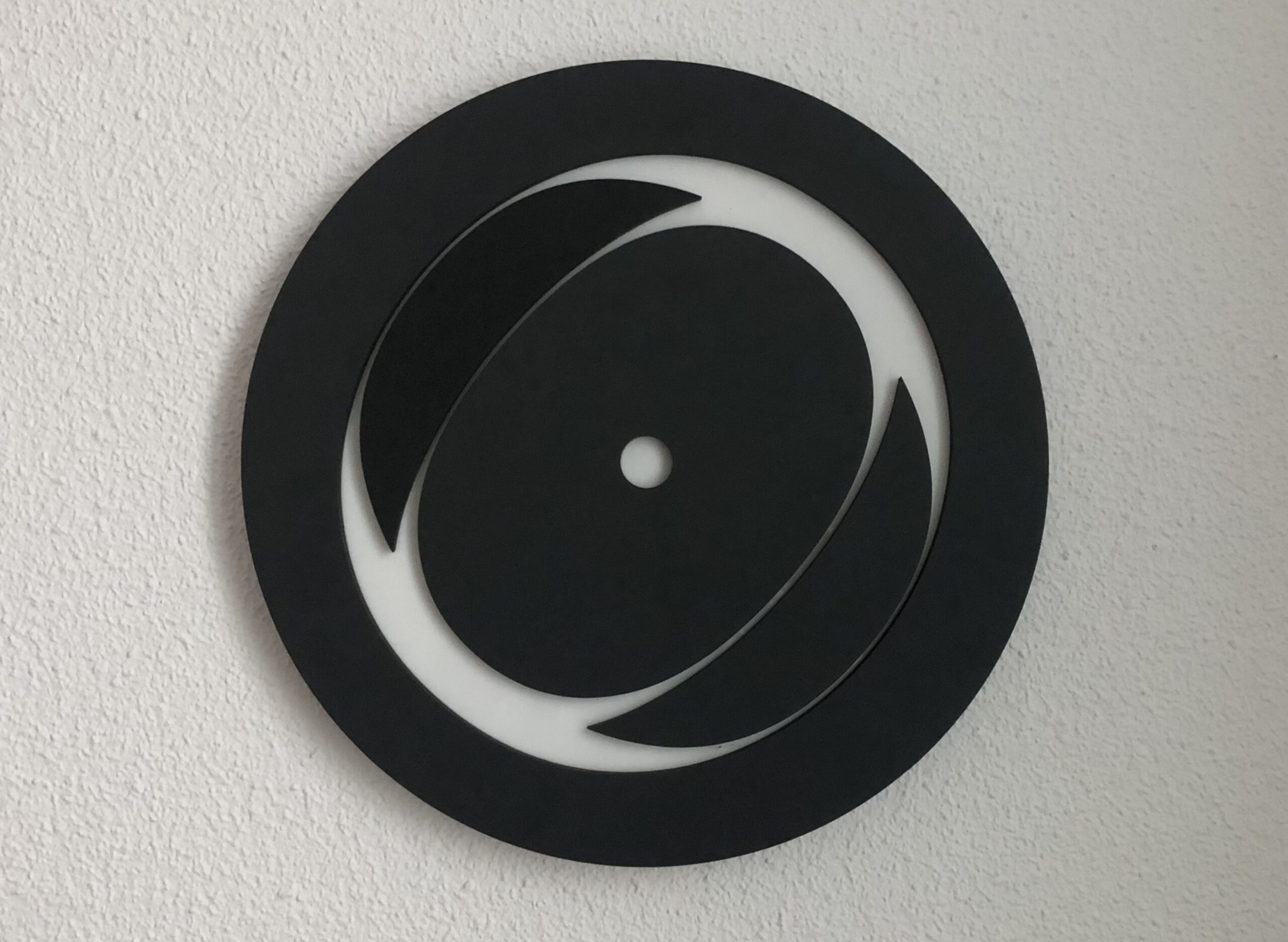Sleep disorders are a diverse set of pathologies that can affect both the sleep and wake periods and are commonly manifested by complaints regarding the quality, quantity, or rhythm of sleep. In any sleep disorder there is an impact on the quality of life and performance during the day.
Sleep disorders are very prevalent, with figures that can reach up to half of the adult population in certain regions of the world. It also seems that its frequency is increasing, and this may have to do with the styles and rhythms of present times.
Having sleep problems is relevant to other aspects of health and can cause emotional disturbances (irritability, anxiety, sadness), lack of concentration, attention, or memory, as well as poor academic or work performance. The consequences at the level of physical health are increasingly well known, especially in terms of increased cardiovascular risk.
Sleep disorders have historically been classified into two large groups:
Dyssomnias: or alterations in the quantity, quality and pattern of sleep
Parasomnias: or alteration of behaviour or physiology during sleep.
However, these two large blocks have been removed in the latest diagnostic classifications (DSM and ICD).
Let’s now review what normal sleep consists of and then describe some of the most common disorders.
Why do we sleep?
The main function of sleep seems to be the restoration or recovery of the physiological functions of the organism. However, in order to carry out this process, the body is by no means at “absolute rest” during sleep.
A whole series of physiological changes must take place for this restoration to be successful: changes in heart rate, breathing and blood pressure or variations in hormone levels (GH, Prolactin, Cortisol, TSH).

Types and phases of sleep
In normal sleep, two large periods are identified, called REM and non-REM sleep, with 4 different phases within non-REM sleep. These periods, with their phases, repeat cyclically during the night, with an approximate duration of non-REM sleep of 90 min and a variable and increasing duration of REM sleep as the night progresses.
Stages 3 and 4 of non-REM sleep have been called “deep sleep”, which seems to be the most correlated part with the subsequent feeling of rest upon awakening.
Sleep regulation
The main regulatory mechanisms of sleep are:
- The circadian rhythm or biological clock that marks the pattern of sleep and wakefulness.
- The internal homeostasis or physiological set that maintains the organism in a state of equilibrium.
- Brain circuits involved in emotions and alertness.
Sleep variations with age
Certain aspects of sleep vary throughout the different stages of life in a natural way, with specific patterns in each stage, such as the need to nap in children up to 4-6 years of age or the shallowness of sleep (with the absence of phase 4) in people over 65 years of age.

What should we do to sleep well?
Sleep hygiene consists of the habits and customs that promote effective and healthy sleep. On many occasions, by improving these habits, we manage to resolve certain disorders or complaints about sleep without the need for any other treatment. For example, by following these sleep hygiene guidelines:
- Maintain a stable sleep-wake pattern. Going to bed and getting up at the same time promotes a regular and consistent circadian rhythm.
- Prepare the environment: darkness or semi-darkness, comfortable bed, pleasant space, progressive reduction of stimuli and mental activity before going to bed.
- Reduce the sources of awakening: ensure a stable and comfortable temperature, avoid noise, eat light but sufficient dinners, avoid ingesting a lot of fluids, keep away from stimulants, spicy or very salty food at dinner.
Insomnia
What is insomnia? Lack of sleep is the most prevalent sleep complaint and is characterized by one or more of the following symptoms (that result in stress during the day and low functioning):
- Difficulty initiating sleep.
- Difficulty maintaining sleep.
- Absence or decreased sensation of rest upon awakening.
Causes of insomnia
There are many clinical situations, both somatic and psychological, that can cause or trigger insomnia. These are cases of secondary insomnia, and they can be understood as a symptom within the clinical picture in which it is happening.
Much less frequent than the above are the cases of primary insomnia; a set of genuine sleep disorders, in which specific abnormalities of its physiology occur.

How can we treat insomnia?
The approach to insomnia must always be multifactorial: sleep hygiene, psychological interventions and, sometimes, medication.
When the necessary changes in sleep hygiene (which are always the first measure to be taken) are not enough or effective, then interventions of other type will be proposed to ensure a restful sleep.
We currently have effective treatments, such as cognitive-behavioural therapy for insomnia (CBT-I) or psychoactive drugs with a hypnotic or sedative effect.
Among the drugs currently used, there are various possibilities depending on the clinical characteristics of the patient and whether or not there is another mental pathology that we must treat. Among the most commonly used pharmacological groups we find:
- Benzodiazepines (Lormetazepam, Lorazepam, etc) and Hypnotics (Zolpidem, Zopiclone, etc)
- Antidepressants with a sedative effect (Mirtazapine, Agomelatine, Trazodone…)
- Antihistamine drugs, due to their sedative effect, for temporary use (Promethazine, Diphenhydramine)
- Other specific drugs for insomnia such as Daridorexant.
What other sleep disorders are there besides insomnia?
There are many other sleep disorders such as narcolepsy, OSA (obstructive sleep apnoea syndrome), hypersomnia, night terrors, sleepwalking, as well as movement disorders during sleep (such as restless leg syndrome).
Among them, hypersomnia should be highlighted, since it can be a primary disorder or, very commonly, be due to an adverse effect that is often reported by patients taking certain sedative-effect psychoactive drugs.
To learn more about these disorders, stay tuned for our next article on sleep disorders, which we will publish soon, where we summarize their causes, symptoms, and treatment.



